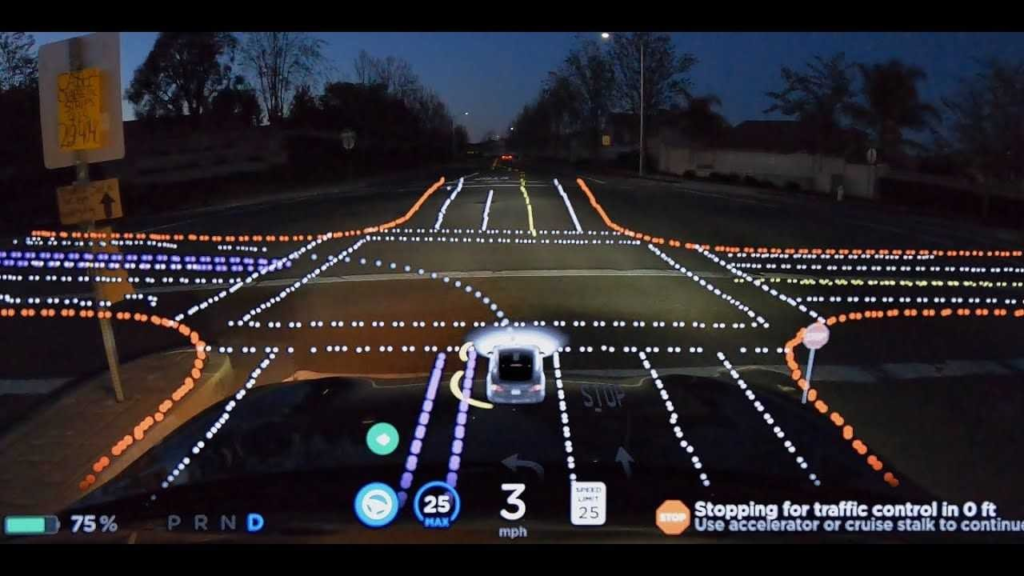
Autonomous driving, once a futuristic concept, is rapidly becoming a reality with advancements in artificial intelligence, sensor technology, and vehicle connectivity. Autonomous vehicles (AVs) have the potential to revolutionize transportation by offering numerous benefits, yet they also present significant challenges that must be addressed for widespread adoption. Here’s a detailed exploration of the benefits and challenges associated with the future of autonomous driving:

Benefits of Autonomous Driving:
- Enhanced Safety: Autonomous vehicles have the potential to significantly reduce human error, which is a leading cause of traffic accidents. Advanced sensors and real-time data processing allow AVs to detect and respond to potential hazards more effectively than human drivers.
- Improved Traffic Efficiency: Autonomous driving systems can optimize traffic flow, reduce congestion, and minimize traffic jams by coordinating vehicle speeds and routes. This can lead to smoother traffic patterns and shorter commute times.
- Accessibility: Autonomous vehicles promise increased mobility for individuals who are unable to drive due to age, disability, or other factors. Self-driving technology has the potential to provide greater independence and accessibility to transportation services.
- Fuel Efficiency: AVs can optimize driving patterns, reduce idling time, and minimize aggressive acceleration and braking, leading to improved fuel efficiency and reduced emissions.
- Productivity: Passengers in autonomous vehicles can reclaim valuable time spent commuting by engaging in work, leisure activities, or relaxation. This could transform travel into a productive or enjoyable experience.
- Cost Savings: Autonomous driving has the potential to reduce transportation costs by lowering insurance premiums (due to improved safety), optimizing fuel consumption, and reducing the need for parking spaces in urban areas.
Challenges of Autonomous Driving:
- Technological Limitations: Developing fully autonomous driving systems that can handle all driving scenarios and conditions, including complex urban environments and inclement weather, remains a significant technical challenge.
- Regulatory and Legal Issues: The legal framework surrounding autonomous vehicles, including liability in accidents and compliance with existing traffic laws, varies globally and requires standardization to ensure public safety and consumer confidence.
- Cybersecurity Concerns: AVs rely on interconnected systems and data exchange, making them vulnerable to cyberattacks and hacking threats. Ensuring robust cybersecurity measures is essential to protect passenger safety and data integrity.
- Ethical and Moral Considerations: Autonomous driving raises ethical dilemmas, such as programming decisions related to accident avoidance and prioritization of human safety versus property damage.
- Public Perception and Trust: Building public trust and acceptance of autonomous vehicles requires transparent communication about safety, reliability, and the benefits of self-driving technology.
- Infrastructure Readiness: AVs require infrastructure upgrades, including improved road markings, signage, and communication systems, to support reliable and safe autonomous operations.
Future Outlook:
Despite these challenges, the future of autonomous driving holds promise for transforming mobility, improving road safety, and enhancing overall transportation efficiency. Governments, industry stakeholders, and researchers are collaborating to address technological, regulatory, and societal challenges to facilitate the widespread adoption of autonomous vehicles.
In conclusion, autonomous driving represents a transformative shift in the automotive industry with the potential to redefine transportation as we know it. While the journey towards fully autonomous vehicles involves overcoming significant hurdles, the benefits of improved safety, efficiency, accessibility, and productivity make it a compelling area of innovation and development. As technology continues to evolve and regulatory frameworks adapt, autonomous driving is poised to play a pivotal role in shaping the future of mobility worldwide.








